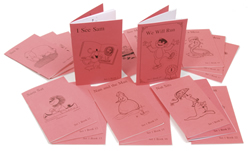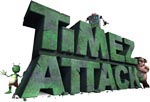September 20, 2012
Whether it’s simple phonics books, trying to discover a love of reading, or wading through a classic tome as a teen, reading is an integral part of life and homeschooling.
Here are some ideas to encourage reading and make it fun:
- Have older kids read to the younger – keep two or three kids busy with one stone . . .er, book. 🙂
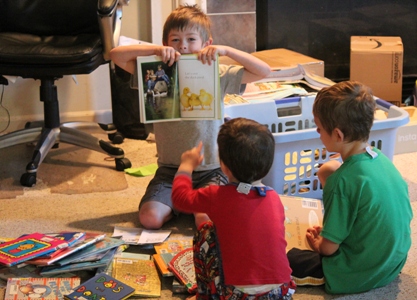
- Read to them, read, read, and then read some more. It’s quality time with a parent and school at the same time.
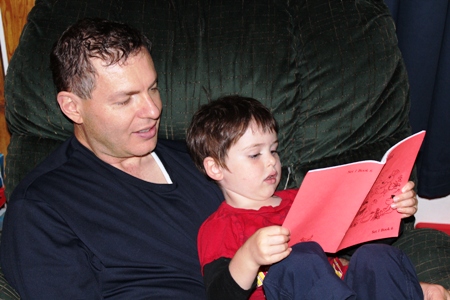
- Ok, so if you’re sick of reading “Goodnight Moon” for the 30th time, try making of a recording of you reading aloud and let them listen to it 30 times themselves while flipping through the book. On the computer, try a great open-source free recording software called Audacity. On an Apple device, just use the pre-installed app called “Voice Memo” to make great recordings.
- Try my favorite ‘old school’ phonics series – the one I learned to read with in the ’70s: I See Sam
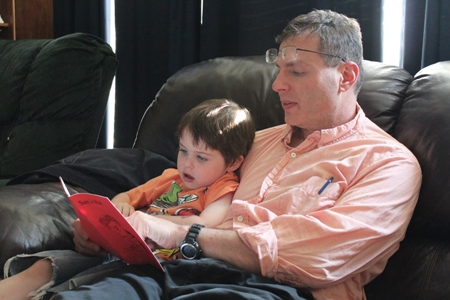
- Check out Starfall.com – one of the best (and free) phonics-based websites out there.
- If your kids play Minecraft or other computer games with friends, encourage the in-game chatting they do back and forth = reading, typing, and spelling all-in-one.
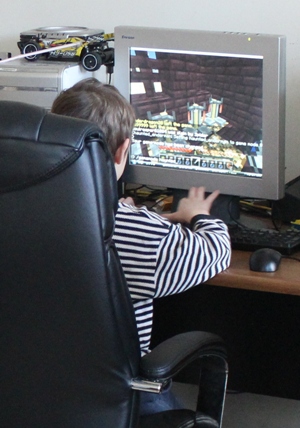
- Peruse the ‘Series‘ section of your library with your child and pick out book #1 from a few series. If you can find one they like, they’ll have lots of enjoyable reading as they work through the series. Some of our favorites: Henry and Mudge (early reader), The Animorphs (fantasy tween age), The Magic Treehouse (tween age), many Rick Riordan books (tween – teen age). What are your favorites?
- Pick a reference book about a subject your child enjoys – a child who reluctantly reads storybooks, may spend hours watching birds and looking up their identifications:
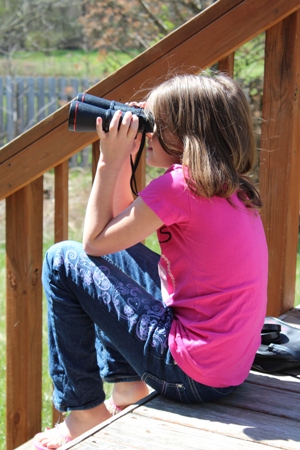

- Look for a how-to book on a favorite subject. Watercolor art lessons might be the perfect motivation to encourage your artist to do a little reading:
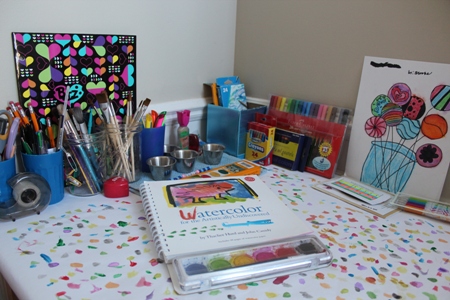
- Don’t forget magazines. The short articles, lots of pictures and wide variety of topics may be just the thing for shorter attention spans.
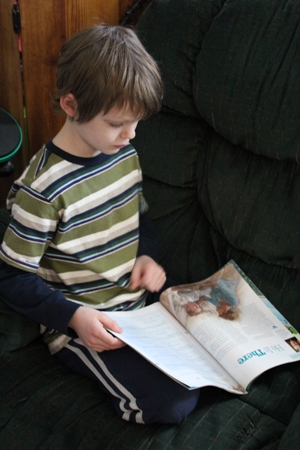
- Reading and understanding written instructions is a valuable skill. Help your child decipher the next set of instructions that come with a toy, gift, or new electronics.
- Don’t answer their questions. I joke to my kids that, “I am NOT Google.” When they ask a question, I help them search for an age appropriate article on the topic online and let them read about it for themselves. Try the Simple Wikipedia for answers that are written in a more basic language with shorter sentences:

- Comic Books and Graphic Novels can be a great starting point for a reluctant reader. My oldest particularly enjoyed the old style Superhero comic collections at the library, while my daughter liked the graphic novel, Rapunzel’s Revenge:
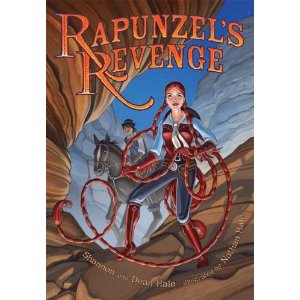
- Audio books can be a great
babysitterenrichment tool. One of my reluctant readers was interested in stories beyond her reading capabilities. I checked out both the audio CDs and the print book and had her follow along as she listened. Her reading speed improved immensely. This is also very helpful for some of the unfamiliar vocabulary found in classics. It’s much easier to understand if you hear someone speaking the words. - Appeal to their sweet tooth. Tell them they can pick anything they want to make out of the cookbook dessert section. Take it a step further and have them make the shopping list and go to the store with you to buy the ingredients. (writing and math done, too)
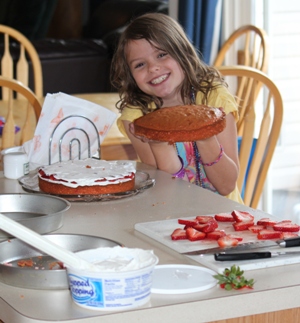
- Be the example. Read in front of them . . . tell them to leave you along because you’re busy reading . . . hide in the bathroom to finish just one more chapter of your book before the kids find you 🙂
- Next trip you have planned, get them involved reading about where you’re going, looking up activities, science museums, etc., to do while you’re there.
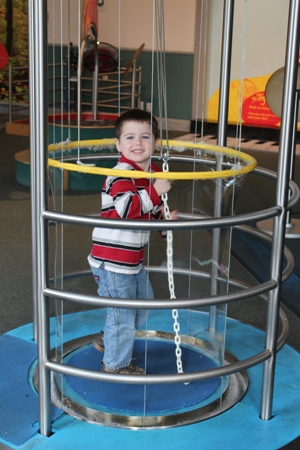
- If they like movies, have them peruse the descriptions on Netflix and pick out something to watch that evening.
- We all like recognition, don’t we? A sticker chart for every book read, an outing after reaching a reading goal, your child could draw a picture about each book he/she has read and bind them into a notebook once a year, snap pictures of front covers, print them out and make a collage, etc. Get creative with lots of fun ways to acknowledge the progress your child is making in reading.
- Pay attention to what you’re reading. Basically, anytime you find yourself reading something, like this blog, for instance, see if it’s something your child might enjoy, like reading a blog, for example. 🙂
Hopefully this list sparked some fun ideas to use with your family. If you have other good ones, I’d love to add to the list. Thanks!
Posted under Reading Curriculum






